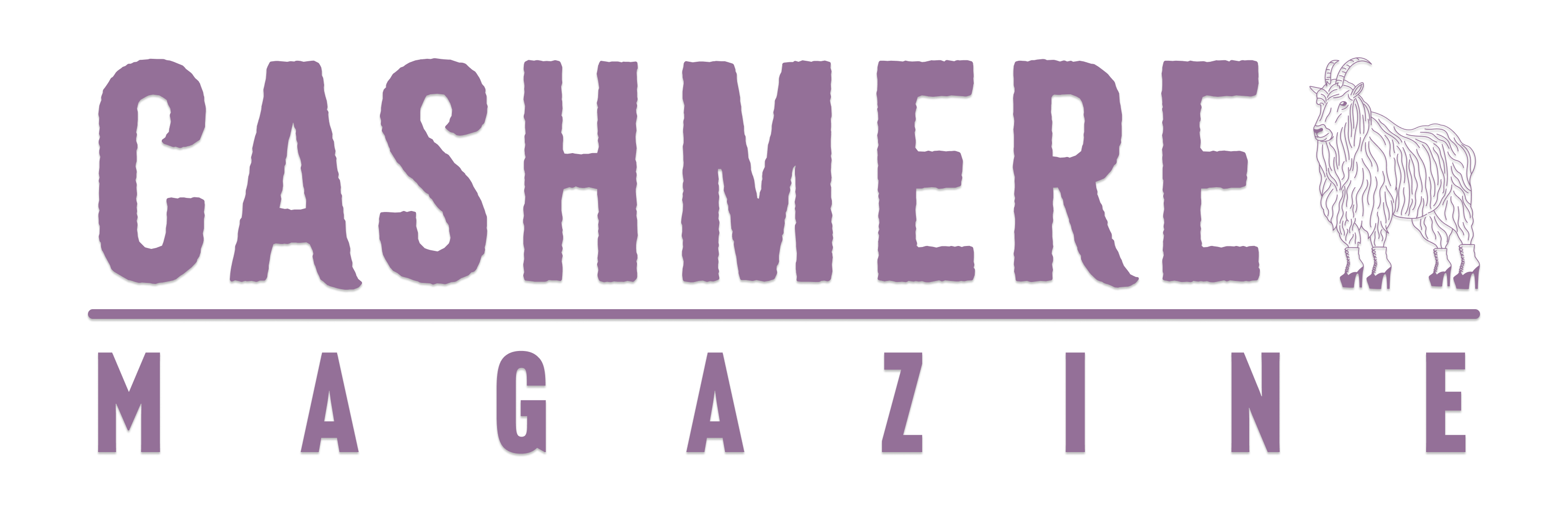To describe Tumblr’s new content rules as unpopular would be an understatement. Starting on Dec. 17, the site will block anything it considers to be adult-rated visual content, a category that ranges from porn .gifs to “female-presenting nipples,” whatever that means.
This porn ban is already being implemented, with Tumblr flagging everything it deems to be explicit material. On a purely conceptual level, this was already bad news for many Tumblr users. An NSFW content ban will hurt the livelihoods of artists and sex workers on the site, and potentially lead to a mass exodus of bloggers who want to retain their creative freedom. However, it looks like the problems go even further because Tumblr’s content flagging algorithm is hopelessly incompetent. As soon as Tumblr started highlighting “explicit” content on Dec. 3, users reported having totally innocuous posts flagged on their accounts.
https://twitter.com/bisonfisticuffs/status/1069696664288473088
https://twitter.com/gregpak/status/1069813487407374337
Tumblr and Twitter are already full of screencaps showing random posts mislabeled as explicit material. In some cases, you can kind of see how the mistake happened (for instance, art with partial but non-sexual nudity, or images that a bot might mistake for a human body), but there’s also a ton of content that appears to have been flagged at random.
Some are G-rated or abstract art, which suggests an immediate problem for the many illustrators who use Tumblr as a portfolio site. Others are everyday photos like this person’s gallery of dinosaur pics. There are also examples of potentially NSFW content that escaped the algorithm, while family-friendly posts got flagged on the same blogs. For instance, artist Erika Moen (who is known for her sex education comic Oh Joy Sex Toy) noticed that her fully-clothed selfies had been flagged as explicit, but her photos of dildos had not.
https://twitter.com/ErikaMoen/status/1069695308253212672
A lot of people are reporting that non-explicit LGBTQ content is being flagged as sensitive material. This has been a problem on other platforms too, including YouTube, where some LGBTQ vloggers noticed that their videos were demonetized if they used words like “transgender.”
Since these decisions are usually made by an algorithm rather than a human being, it’s often hard to see why LGBTQ content gets flagged as NSFW – although the underlying reason is, of course, homophobia and transphobia. Sometimes LGBTQ content is automatically perceived as unsuitable for children, while some sites penalize keywords like “lesbian” because they’re used to tag porn. This actually happened on Tumblr before, when the site unilaterally blocked 29 tags from app searches, including words like “lesbian,” “gay” and “transgender.” Tumblr is popular among LGBTQ bloggers, including teens who use the site to find their own community, so this kind of censorship may cut vulnerable people off from their support network.
At the moment, it’s hard to tell if LGBTQ content is faring disproportionately worse under Tumblr’s new porn ban. LGBTQ blogs are definitely suffering, but the same goes for selfies, cartoon animals, and pictures of furniture. Meanwhile, the site’s contingent of Nazi bloggers remains relatively unscathed. In its attempt to purge NSFW content, Tumblr has managed to annoy and inconvenience pretty much every demographic on the site.
